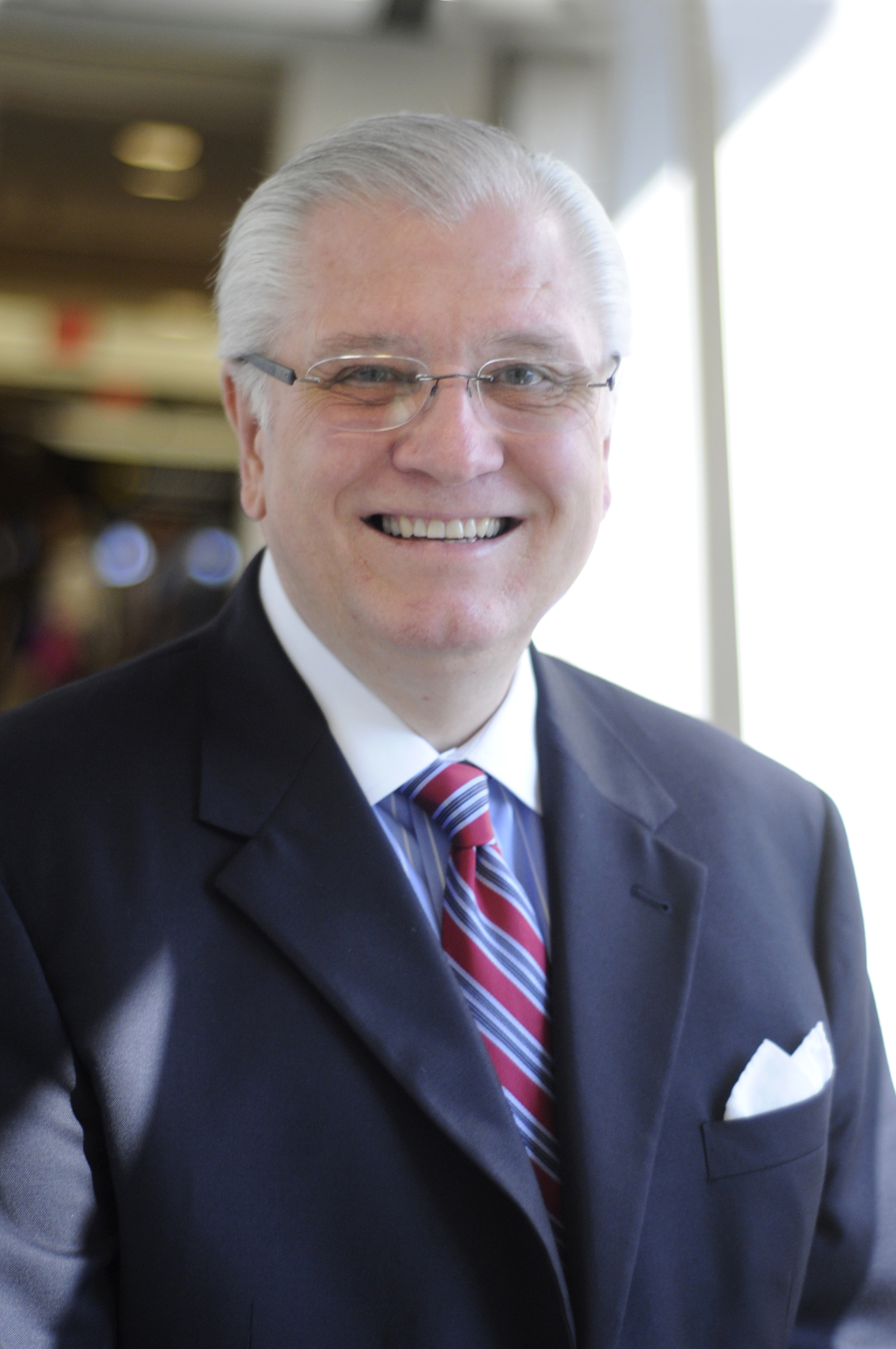Health sciences university and health system: A mutual symbiosis
Recently, I discussed in very general terms what it means to make the transition from an academic medical center (AMC) to a learning health system.
A part of that transition is the active development of a mutual symbiosis between the academic enterprise and care delivery system. In this post, I would like to develop this concept more concretely, and to recognize contributions of some of my colleagues in this area.

The concept of mutualism is well developed in biology. Biologic mutualism describes the manner in which two different species exist in a relationship where each benefits from the activities of the other.
One example, among many, is the relationship between the impala and the red-billed oxpecker.
The oxpecker lives in close association with the impala; the bird benefits from a steady diet of ticks, its preferred food. The impala benefits from natural pest control; as an added benefit the oxpecker sounds the alarm when a predator approaches.
Likewise, there should be a mutual symbiosis between an AMC (or LHS) and a regional vertically integrated care delivery system.
The affiliation of an education and research enterprise with a health system creates new academic opportunities for the AMC/LHS. For example, a large, geographically dispersed and diverse patient population has the potential to facilitate clinical trials enrollment, population-based research and implementation science.
What may be less apparent is the concrete strategic value an AMC/LHS provides to a health care delivery system. To begin to answer this question, a group of physicians and administrators recently held our inaugural Academic Integration Retreat on a Saturday morning. The group was diverse: faculty and community physicians; Texas Medical Center and regionally based practitioners. It was a lively exchange of ideas.

The resulting discussion generated dozens of concepts, which were prioritized based on their potential value. I have summarized the work of the group into four major themes:
Data aggregation, mining and analytics
This goes well beyond the need for a truly interoperable electronic health record (EHR). The modern LHS will warehouse data from a variety of sources. The EHR will be an important source. Other data sources include billing systems and centralized bio-repositories.
If regulatory barriers can be overcome, the LHS data warehouse could also include data feeds from non-traditional sources, linking data from schools, public health and law enforcement.
Across a regional system, advanced data mining has the potential to make us better at some things we already do well; for example, recruiting patients into clinical trials.
Data aggregation and analytics also has the potential to open new vistas. Through predicative analytics, we will not just be able to tell who is sick, but who is likely to become sick.
We will not only be effective in recruiting patients into trials, but also in readily identifying sub-cohorts of patients with a particular genotype. We will not only discover new and more effective treatments, but also determine if those treatments are being consistently delivered to our patients.
Workforce pipeline
A central component of the Baylor College of Medicine’s mission is the education of the next generation of leaders in healthcare. Every year, Baylor graduates over 350 residents and fellows, as well as physicians assistants, prosthetists, and nurse anesthetists – exceedingly well trained and ready for practice.
In our emerging LHS, we will develop more deliberate methods to keep many of these providers in our health care system. We want to not only train the best; we want them to stay in our hospitals, clinics and practices to care for the population we serve.
Aligning Continuing Medical Education (CME) with quality and safety
In the old “sage on the stage” model of CME, practitioners self-select educational opportunities based on a variety of personal and professional factors, and attend presentations for credit hours.
The emerging model of CME differs in a couple of key aspects. First, it will be viewed more as a logical progression of the medical school and residency experience – another component of life-long learning. (see the AAMC’s Teaching for Quality)
In addition, CME will be much more highly aligned with the quality and safety improvement needs of the integrated health system. For example, if we are trying to improve our aggregate performance around cancer screening for the population we serve, CME will be an increasingly important tool to drive clinical change. (see the AAMC’s Aligning & Educating for Quality)
Opportunities for learners in community-based settings
Most of our graduates will not practice on the Texas Medical Center campus. The addition of multiple regional hospitals and physician practices to our system gives Baylor the opportunity to explore educational opportunities for our learners, which in many cases may be more applicable to their future practice.
Texas has a shortage of physicians, and our growth and demographics are likely to make this shortage worse in the future. However, we also have an equal challenge in provider distribution – we have physicians, but they are not necessarily practicing in areas of need. A shift towards more innovative models of community-based education could be part of the solution.
The unifying concept around these themes is improvement in delivery of care to patients. These core themes will influence the planning activities of both Baylor College of Medicine, and our health system partner, CHI St Luke’s Health System.
My thanks to those who participated in the Academic Integration Retreat, and to those of you who will assist with this effort in the future.
Baylor is positioned to harness part of our rich education and research infrastructure to improve the health of patients in our region. This is our great challenge, our opportunity and our responsibility.
–By James T. McDeavitt, M.D., Dean of Clinical Affairs, Senior Vice President, Strategy & Growth, and Professor and Chair for the Department of Physical Medicine & Rehabilitation at Baylor College of Medicine


